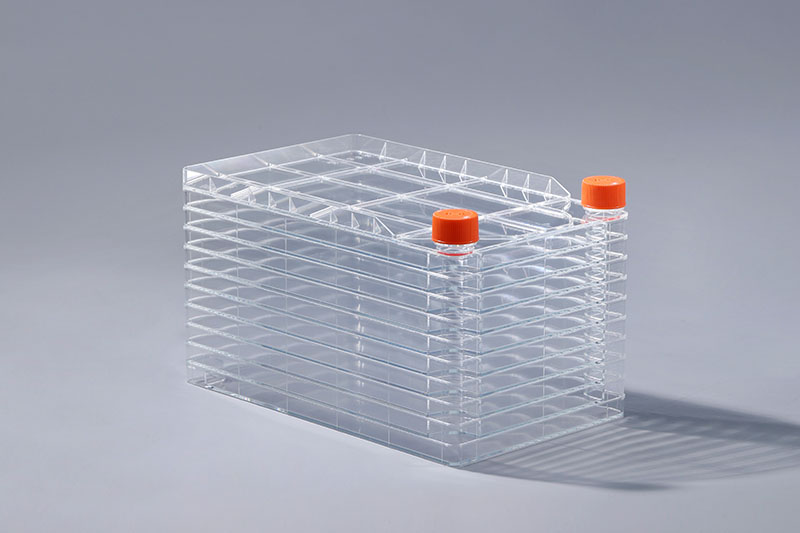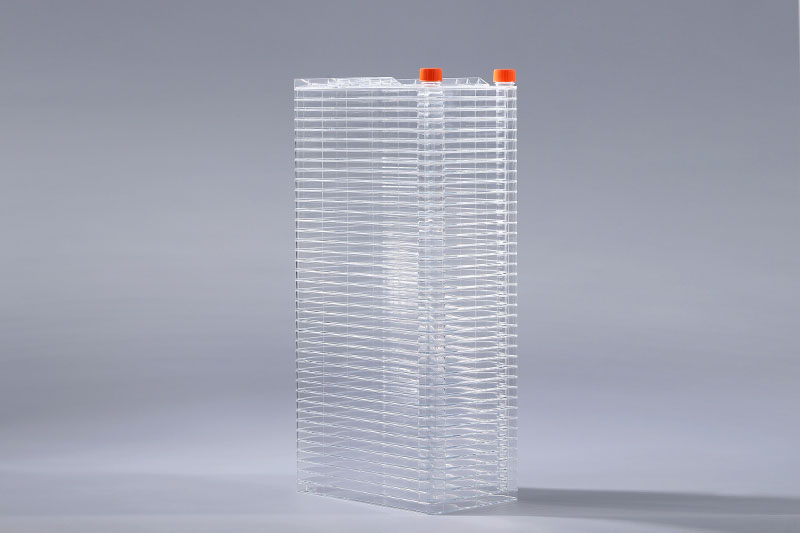Today, I will share with you the role of cell factories in the development of animal vaccines. First of all, I will briefly introduce animal vaccines: animal vaccines are prepared from pathogenic microorganisms with better immunogenicity through the propagation and treatment of culture consumables such as cell factories.
The animal health industry has a high growth potential. From 2011 to 2020, the total sales of the animal vaccine industry increased from 7.3 billion yuan to about 14.2 billion yuan, with an average annual compound growth rate of about 7.6%. At the same time, the growth of animal vaccine superior enterprises is significantly faster than that of the industry. The sales of the top ten enterprises increased from 3.3 billion yuan to about 8.9 billion yuan, with an average annual compound growth rate of 10.2%. It can be seen that the animal vaccine industry is concentrated. The degree of development is accelerating, and the cell factory for vaccine research and development is playing its role in it.
FuDau 10 Layers Cell Factory
The cell factory is suitable for industrial mass production, laboratory operations and large-scale cell culture, which is highly consistent with the needs of animal vaccine research and development. Coupled with the acceleration of large-scale breeding and the continuous expansion of the pet market, the animal vaccine industry has ushered in B In the era of dual main lines of terminal and C terminal, the ability to integrate R&D resources + technological level + channel power will become the real core of competition for animal vaccine companies in the future.
FuDau 40 Layers Cell Factory
Comparing the proliferation data of Fudau Cell Factory with domestic and foreign top brand products, it is superior to domestic similar products in terms of cell clone formation rate, adherence speed and cell proliferation speed, and is comparable to imported similar brands.
The FAI climbed 5.9 percent year-on-year in the first 11 months of 2018, quickening from the 5.7-percent growth in Jan-Oct, the National Bureau of Statistics (NBS) said Friday in an online statement.
The key indicator of investment, dubbed a major growth driver, hit the bottom in August and has since started to rebound steadily.
In the face of emerging economic challenges home and abroad, China has stepped up efforts to stabilize investment, in particular rolling out measures to motivate private investors and channel funds into infrastructure.
Friday's data showed private investment, accounting for more than 60 percent of the total FAI, expanded by a brisk 8.7 percent.
NBS spokesperson Mao Shengyong said funds into weak economic links registered rapid increases as investment in environmental protection and agriculture jumped 42 percent and 12.5 percent respectively, much faster than the average.
In breakdown, investment in high-tech and equipment manufacturing remained vigorous with 16.1-percent and 11.6-percent increases respectively in the first 11 months. Infrastructure investment gained 3.7 percent, staying flat. Investment in property development rose 9.7 percent, also unchanged.
 English
English




















































